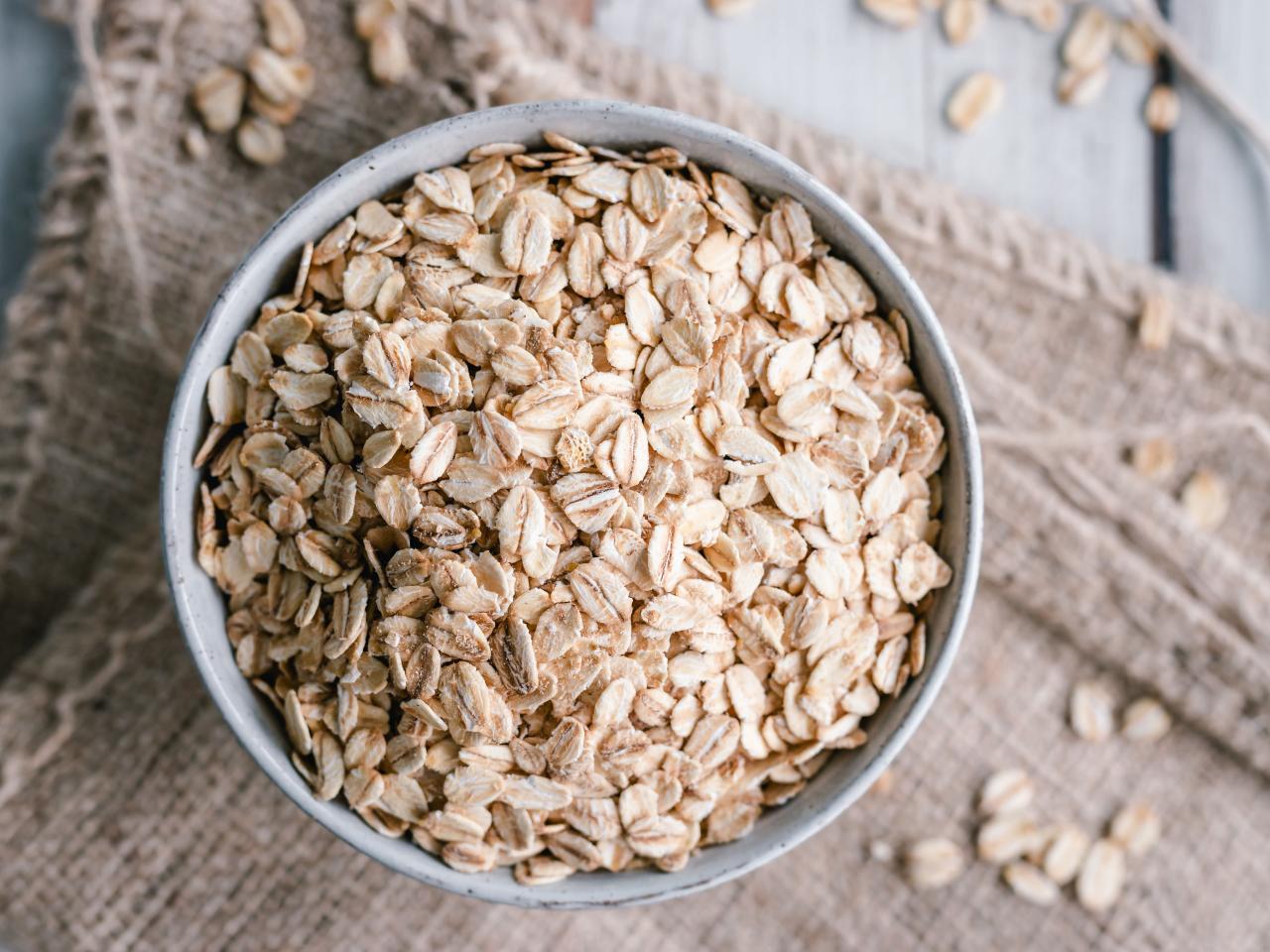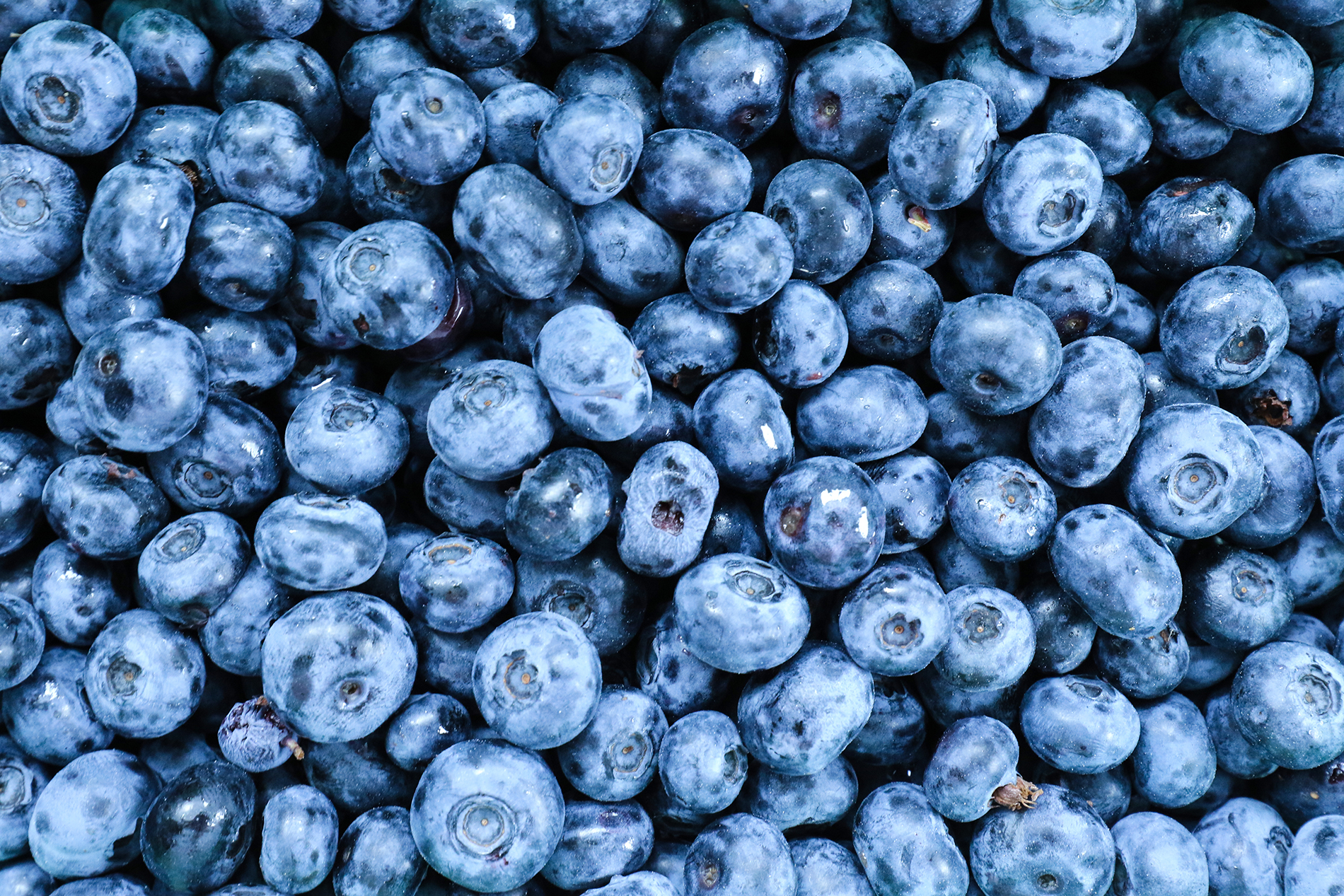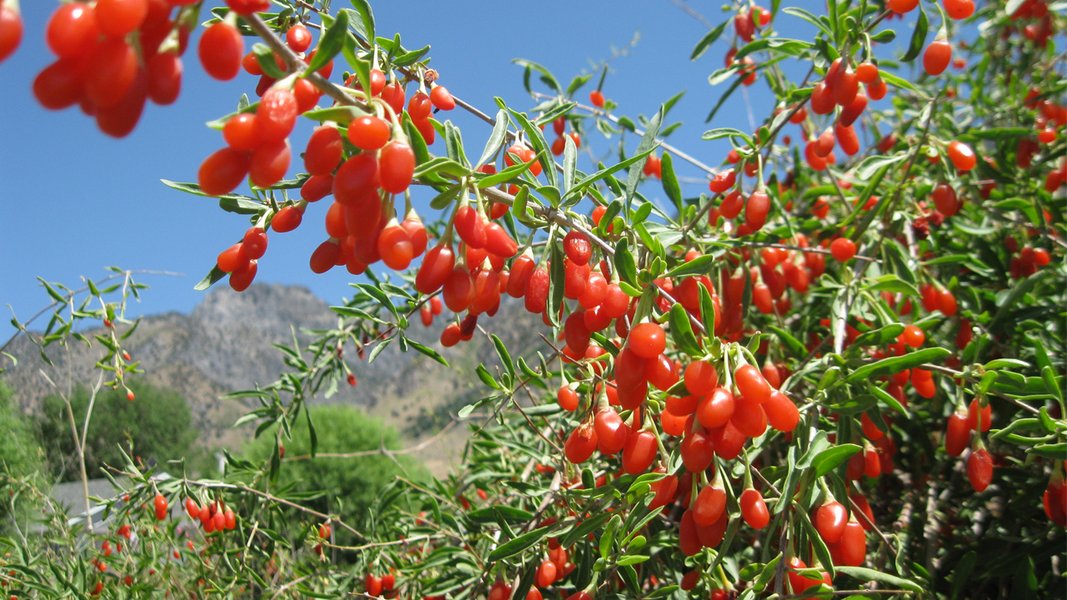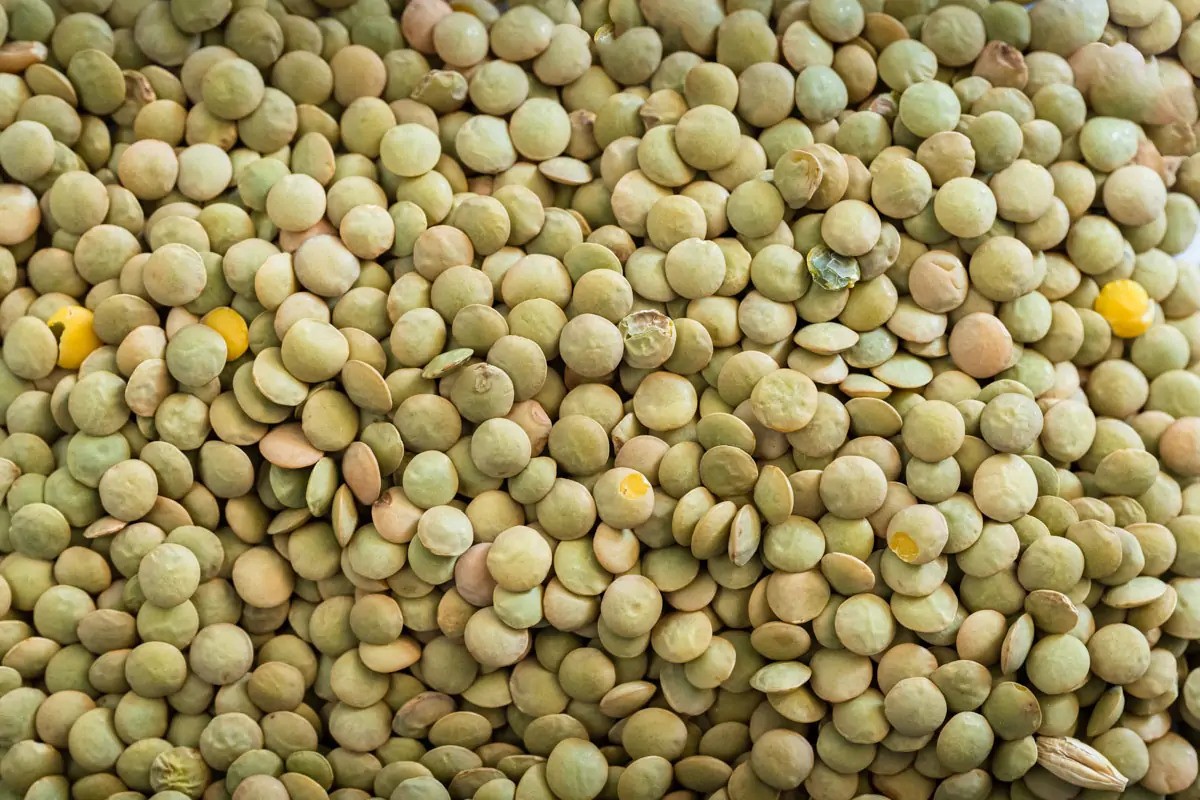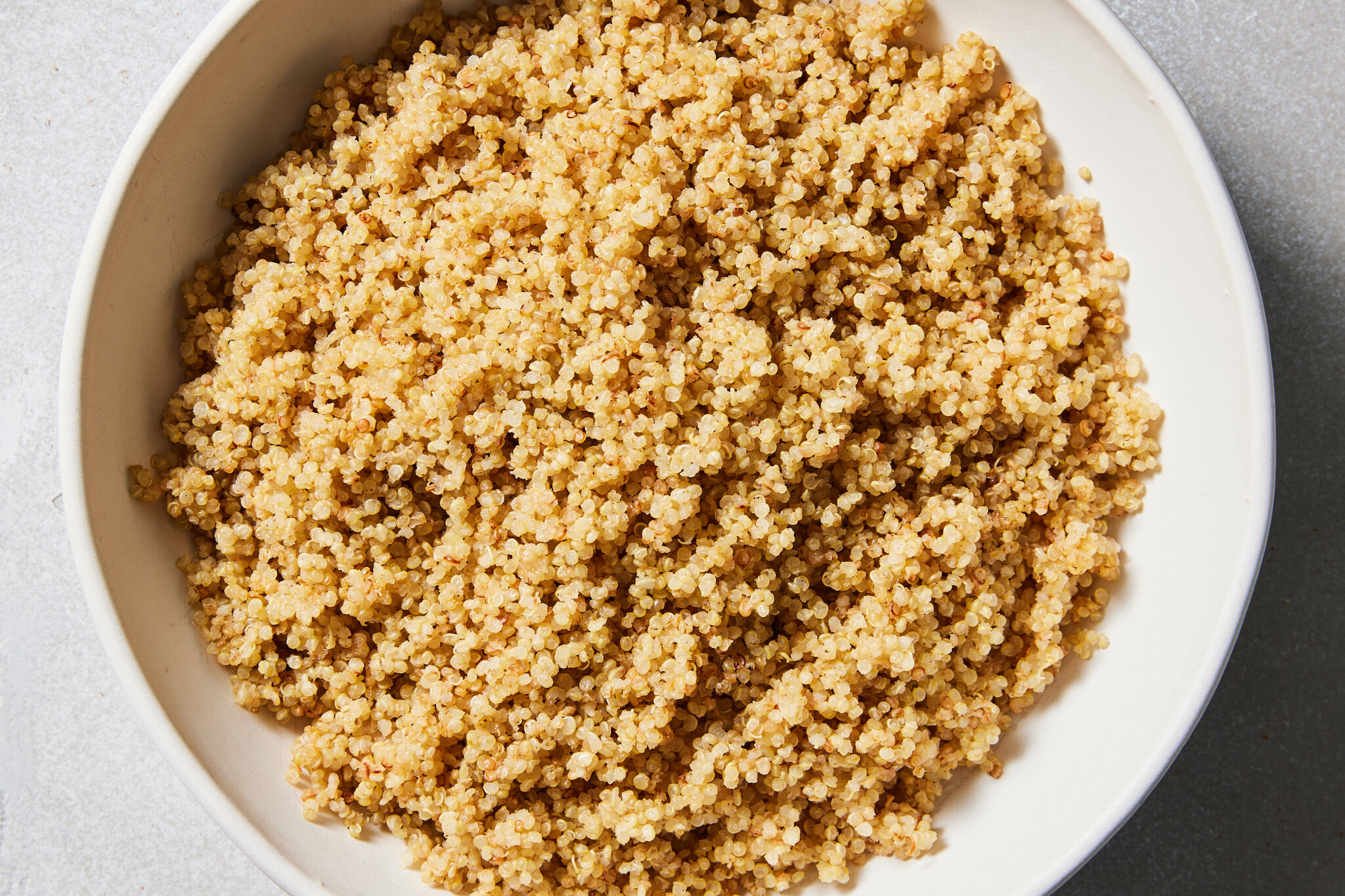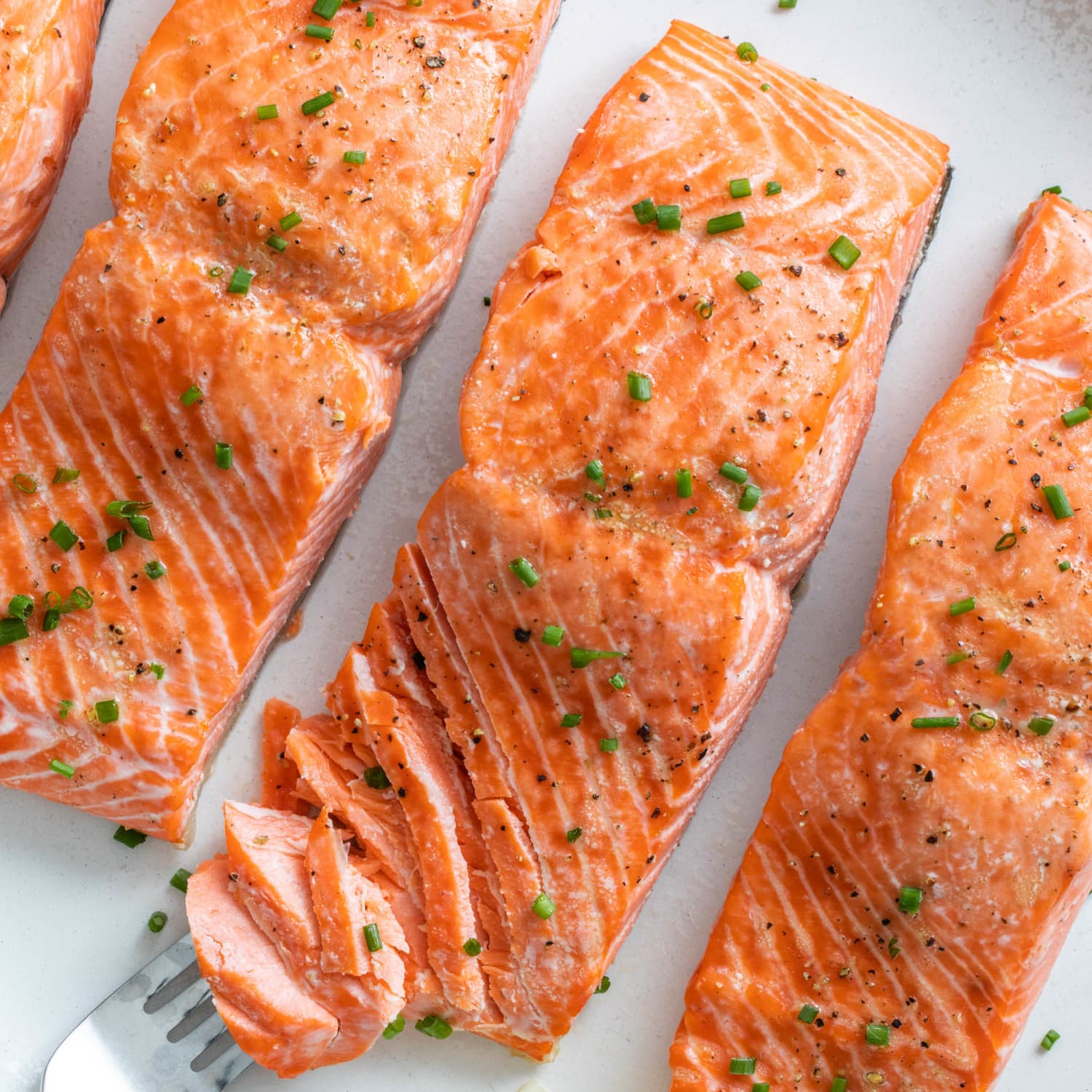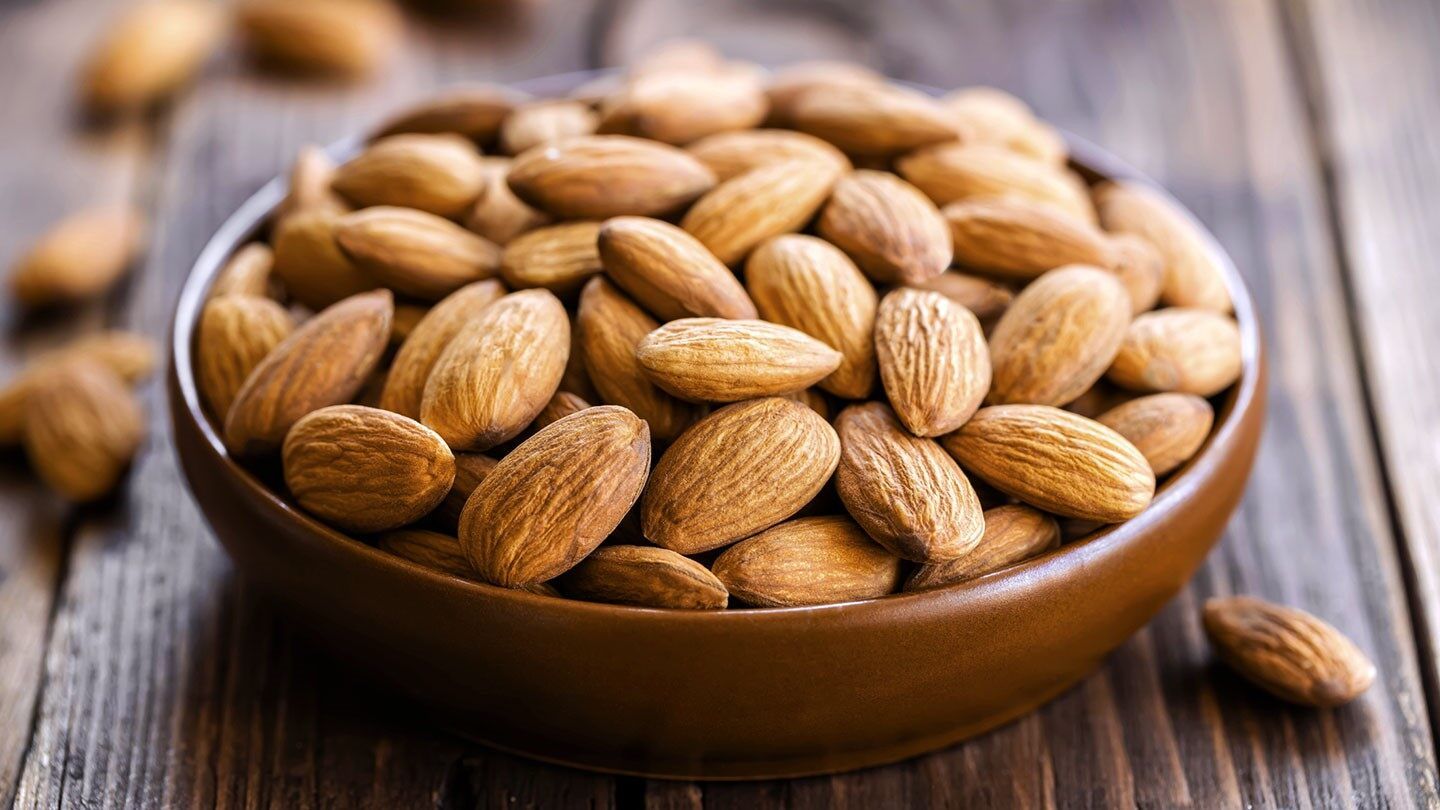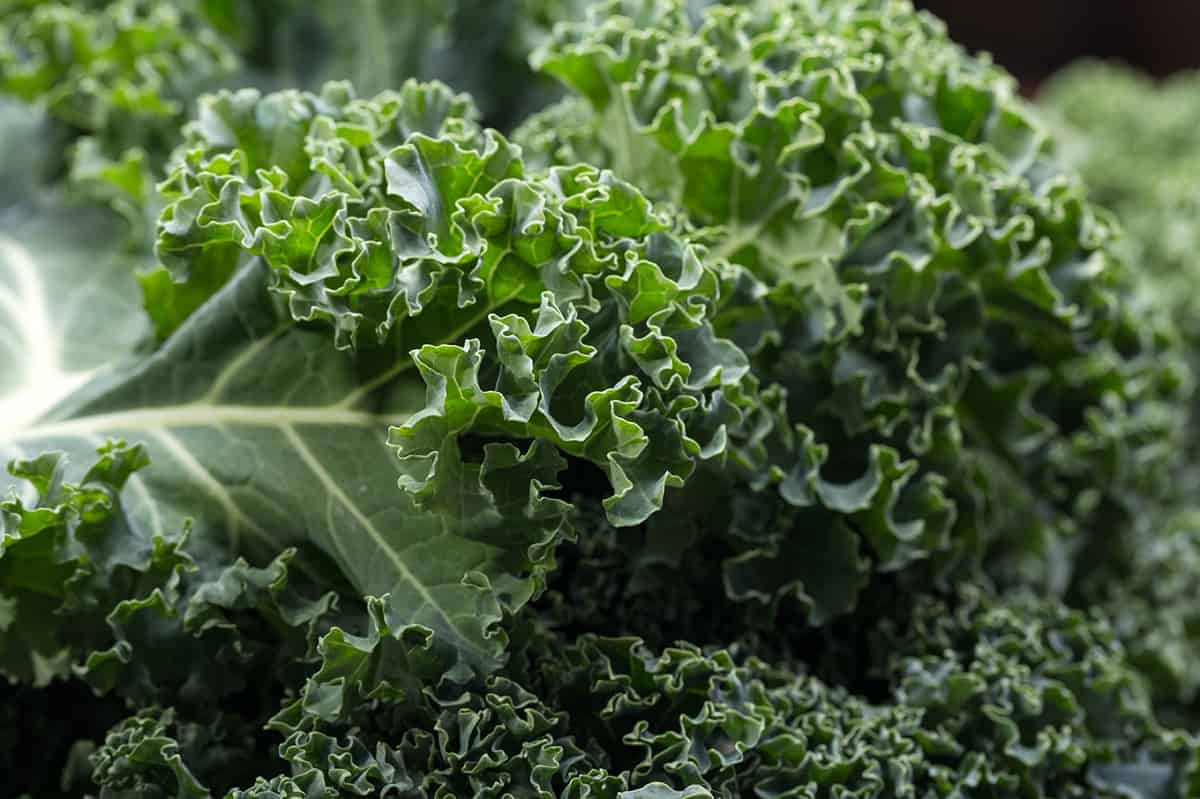Superfoods For Energy Boost - Experience Lasting Energy Without The Crash
Superfoods for energy boost are nutrient-rich foods that are particularly beneficial for enhancing energy levels and overall vitality. While there's no official scientific definition of "superfood," the term typically refers to foods that are exceptionally rich in essential nutrients like vitamins, minerals, antioxidants, and phytochemicals.
Author:James PierceReviewer:Karan EmeryMar 01, 202410 Shares9.9K Views
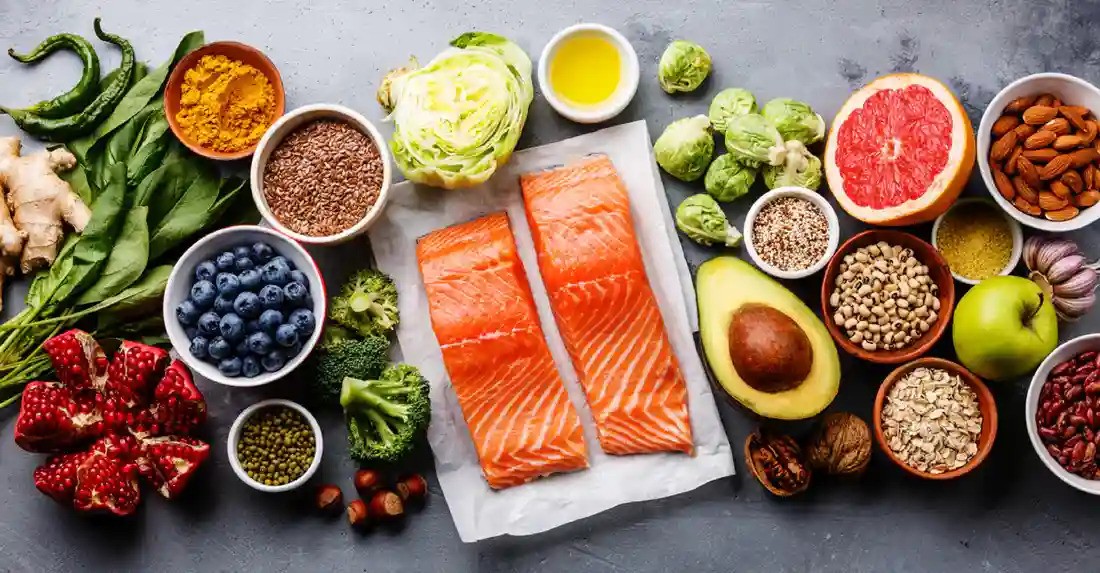
Superfoods for energy boostare nutrient-rich foods that are particularly beneficial for enhancing energy levels and overall vitality. While there's no official scientific definition of "superfood," the term typically refers to foods that are exceptionally rich in essential nutrients like vitamins, minerals, antioxidants, and phytochemicals. These foods are believed to offer numerous health benefits beyond basic nutrition. Examples of superfoods for energy boost include the following:
Oats
Oats are often hailed as an exemplary superfood due to their rich content of fiber, protein, potassium, magnesium, and various other minerals. They make an ideal breakfast choice since their fiber is digested gradually, leading to stable blood sugar levels throughout the day. Extensive studies have demonstrated that oats can effectively lower cholesterol, earning them recognition as a heart-healthy dietary staple.
For those not fond of oatmeal, there are plenty of alternative ways to incorporate oats into your meals. You can sprinkle them over cold cereal or yogurt, add them to turkey meatloaf for a nutritious twist, or toss them into salads or casseroles to boost their nutritional value.
Blueberries
Blueberries are packed with potent antioxidants and energy-providing carbohydrates, as well as essential vitamins A and C, folate, potassium, magnesium, and fiber. Studies indicate that these nutrients, combined with the phytochemicals found in blueberries (which are responsible for their vibrant color), enhance immune function and alleviate depressive symptoms by combating the accumulation of free radicals. This aids in quicker recovery from stress and cellular damage, benefiting both the body and mind.
Avocados
Avocados, rich in healthy fats, are brimming with fiber, potassium, vitamins A and E, and folate. They serve as a valuable source of alpha-linolenic acid, an omega-3 fatty acid known for enhancing various metabolic aspects of heart health. This includes mitigating levels of oxidative risk factors, regulating blood fat levels, and reducing inflammatory markers such as homocysteine, commonly elevated in conditions associated with fatigue, like diabetes, arthritis, and chronic fatigue syndrome.
Goji Berries
Used for 5,000 years in Chinese medicine to stimulate energy and mental acuity as well as lower stress, goji berries are believed to increase blood flow, causing energy-enhancing oxygen to flow more freely throughout the body. These bright orange-red berries are concentrated sources of antioxidants; they can be eaten raw, cooked, or dried like raisins.
Lentils
These legumes are packed with low-fat protein, fiber, iron, potassium, zinc, and folate, making them nutritional powerhouses. They're also abundant in selenium, a mineral that could act as a natural mood booster; research suggests that low selenium levels are associated with decreased moods and energy levels. Moreover, the fiber content in these small legumes helps in stabilizing blood sugar levels.
Quinoa
This gluten-free grain boasts higher protein content than any other grain or rice. It's exceptionally abundant in amino acids like lysine, cysteine, and methionine, making it a complete protein - an attribute typically associated with animal products. These amino acids aid in muscle repair post-exercise, while quinoa's folate, magnesium, and phosphorus content contribute to sustaining energy levels.
Salmon
Salmon, rich in anti-inflammatory omega-3 fatty acids - particularly docosahexaenoic acid (DHA) and eicosapentaenoic acid (EPA) - plays a crucial role in promoting heart health. Additionally, it serves as an excellent protein source. The American Heart Association recommends incorporating fatty fish like salmon into the diet at least twice a week.
Research indicates that consuming fish and omega-3 fatty acids can alleviate depressive symptoms and enhance cognitive function. Furthermore, salmon's ability to boost energy is attributed to its role in improving metabolism, including the more efficient utilization of oxygen during exercise.
Turkey
Turkey is not just low in fat and provides a healthy dose of protein; it also contains the amino acid tyrosine. This compound is known to increase levels of dopamine and norepinephrine, brain chemicals that enhance alertness and focus.
Despite concerns about tryptophan in turkey causing drowsiness, its levels are not significantly higher than those in chicken or fish. Turkey is a source of vitamins B6 and B12, which have been associated with improving insomnia, alleviating depression, and boosting energy levels.
Almonds
Almonds are abundant in protein and fiber, and they also provide essential nutrients such as calcium, potassium, phosphorus, and vitamin E. Furthermore, they serve as a significant source of magnesium, which is crucial for converting sugar into energy. Maintaining adequate magnesium levels is important, as low levels can lead to decreased energy levels, sleep disturbances, and leg cramps.
Kale
This leafy green vegetable is packed with essential nutrients such as vitamin C, vitamin A, calcium, iron, and potassium. It also provides a substantial amount of protein and fiber while being extremely low in calories. Moreover, kale is rich in flavonoids, which are phytochemicals known for their antioxidant properties. This is why kale boasts one of the highest ORAC ratings among vegetables.
Benefits Of Superfoods
Superfoods have gained widespread popularity for their exceptional nutritional value and health benefits. Here are some of the key advantages of incorporating superfoods into your diet:
- Nutrient density -Superfoods are packed with essential vitamins, minerals, antioxidants, and phytochemicals, providing a concentrated source of nutrients in each serving. These nutrients play crucial roles in supporting overall health and well-being.
- Antioxidant protection -Many superfoods are rich in antioxidants, such as vitamins C and E, selenium, and flavonoids, which help combat oxidative stress and reduce the risk of chronic diseases, including heart disease, cancer, and neurodegenerative disorders.
- Heart health -Several superfoods, such as berries, fatty fish, nuts, and seeds, are known for their heart-healthy properties. They can help lower cholesterol levels, reduce inflammation, improve blood vessel function, and promote cardiovascular health.
- Brain function -Certain superfoods, such as fatty fish, blueberries, walnuts, and dark leafy greens, contain nutrients like omega-3 fatty acids, anthocyanins, and folate, which support cognitive function, memory, and mood regulation.
- Weight management -Many superfoods are low in calories and rich in fiber, which can help promote satiety, regulate appetite, and support weight management goals. Additionally, their nutrient density ensures that you get essential nutrients without excess calories.
- Digestive health -Superfoods like yogurt, kefir, kimchi, and sauerkraut are rich in probiotics, beneficial bacteria that promote gut health, aid digestion, and strengthen the immune system. High-fiber superfoods also support regular bowel movements and prevent constipation.
- Anti-inflammatory effects -Chronic inflammation is linked to various health problems, including arthritis, diabetes, and heart disease. Many superfoods, such as turmeric, ginger, leafy greens, and fatty fish, possess anti-inflammatory properties that help reduce inflammation and promote overall health.
- Skin health -Superfoods like avocados, almonds, sweet potatoes, and tomatoes contain nutrients that nourish the skin from within, promoting a healthy complexion, reducing signs of aging, and protecting against damage from UV radiation and environmental pollutants.
- Strengthened immunity -Superfoods rich in vitamins, minerals, and antioxidants help strengthen the immune system, enhancing its ability to fight off infections and illnesses. Regular consumption of superfoods can contribute to overall immune health and resilience.
- Longevity -By providing essential nutrients, reducing inflammation, supporting organ function, and protecting against chronic diseases, superfoods may contribute to longevity and improved quality of life as you age.
Superfoods For Energy Boost - FAQ
What Superfood Gives You Energy?
Almonds are a superstar in the snack world, as they contain important nutrients like magnesium and B vitamins, which help convert food to energy.
What Food Can I Eat To Boost My Energy?
Nuts and seeds are some of the best foods to beat fatigue and fight hunger. Getting a variety of nuts and seeds in your diet can provide healthy nutrients and energy. Try almonds, Brazil nuts, cashews, hazelnuts, pecans, walnuts, sunflower seeds, and pumpkin seeds. Eating raw, unsalted versions is recommended.
Which Fruit Gives Us Instant Energy?
Bananas may be the best quick snack for sustained energy. While bananas are a good natural source of sugar, they are also rich in fibers that help slow the digestion of that sugar. Bananas contain helpful nutrients that make the body feel full of energy.
Conclusion
Adding superfoods for energy boost to your daily routine can lead to a sustained increase in vitality and alertness without the dreaded crash. By choosing nutrient-rich foods like leafy greens, berries, nuts, and whole grains, you can experience lasting energy levels throughout the day. Say goodbye to energy slumps and hello to a more vibrant and energetic lifestyle with the power of superfoods.

James Pierce
Author

Karan Emery
Reviewer
Latest Articles
Popular Articles
